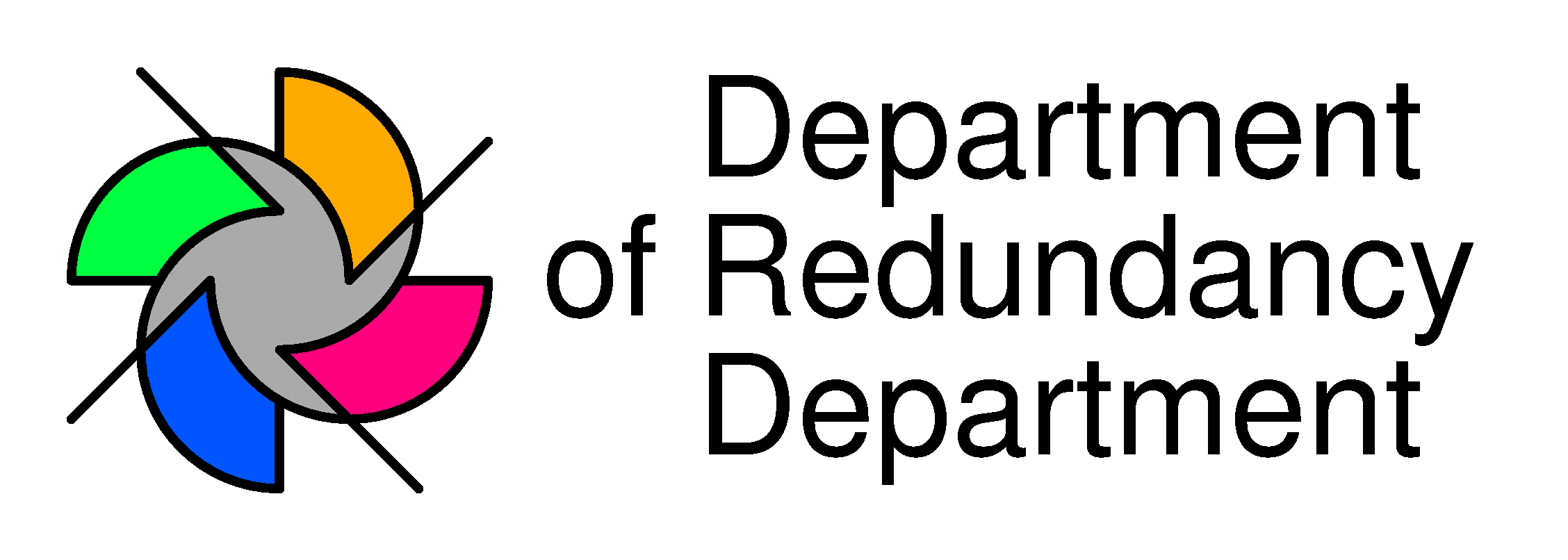

 Lindenmayer Systems |  Mandelbrot Set #1 |  Ordering Information |
 Four Color Basins |  Classic Fractals Set #2 |  Retail Locations |
A fractal is a geometric figure containing a pattern repeated at different scales. Fractal objects are self-similar in that their parts represent the whole like a branch resembles a tree or a tributary imitates a river. This property occurs frequently in nature, from ferns to galaxies, and from sea shells to lunar craters. Though present since the beginning of time, fractals have only been studied scientifically for about a century. Georg Cantor investigated some of their concepts in the 1870's, and Benoit Mandelbrot discovered the mathematical set bearing his name in the early 1980's. Mathematicians and physicists who studied fractals include Michael Barnsley, Mitchell Feigenbaum, David Hilbert, Gaston Julia, Helge von Koch, Edward Lorenz, Karl Menger, and Waclaw Sierpinski.
Fractal objects are too irregular to be studied using traditional techniques of geometry, so extensions have been derived to a handle their uniqueness. When such designs with repeated patterns are compared at various scales, a numeric value called a "fractal dimension" may be obtained, to indicate how densely the object occupies space. However, it may not be a whole number, but instead it may contain a fractional part. A normal line or curve has a dimension of 1; a regular surface has a dimension of 2; and a geometric solid has a dimension of 3. But a fractal "gasket" may have a dimension of 1.585, or a fractal "sponge" dimension 2.727, for example. Fractal dimensions are used in natural science to compare the complexity of irregular objects such as coastlines, dendritic patterns, and even weather.
The term "fractal" was coined in 1975 by Benoit Mandelbrot. It comes from the Latin adjective fractus, meaning "broken". I use "fractures", a contraction of the words "fractal pictures", as the name of my line of fractal note cards (#1 is Mandelbrot Set, #2 is Classic Fractals), fractal posters (Galaxy), fractal t-shirts (Starfish and Limpet), and fractal spinner tops (five designs). The colorful computer generated fractal pictures illustrate the complementary effect of blending art and science, mixing intuitive and analytic worlds. They are examples of mathematical structures which simulate beauty and order in the natural world. Fractals are complex geometric designs constructed using recursive algorithms -- that is, by repeatedly applying a simple set of formulas or rules at various levels.